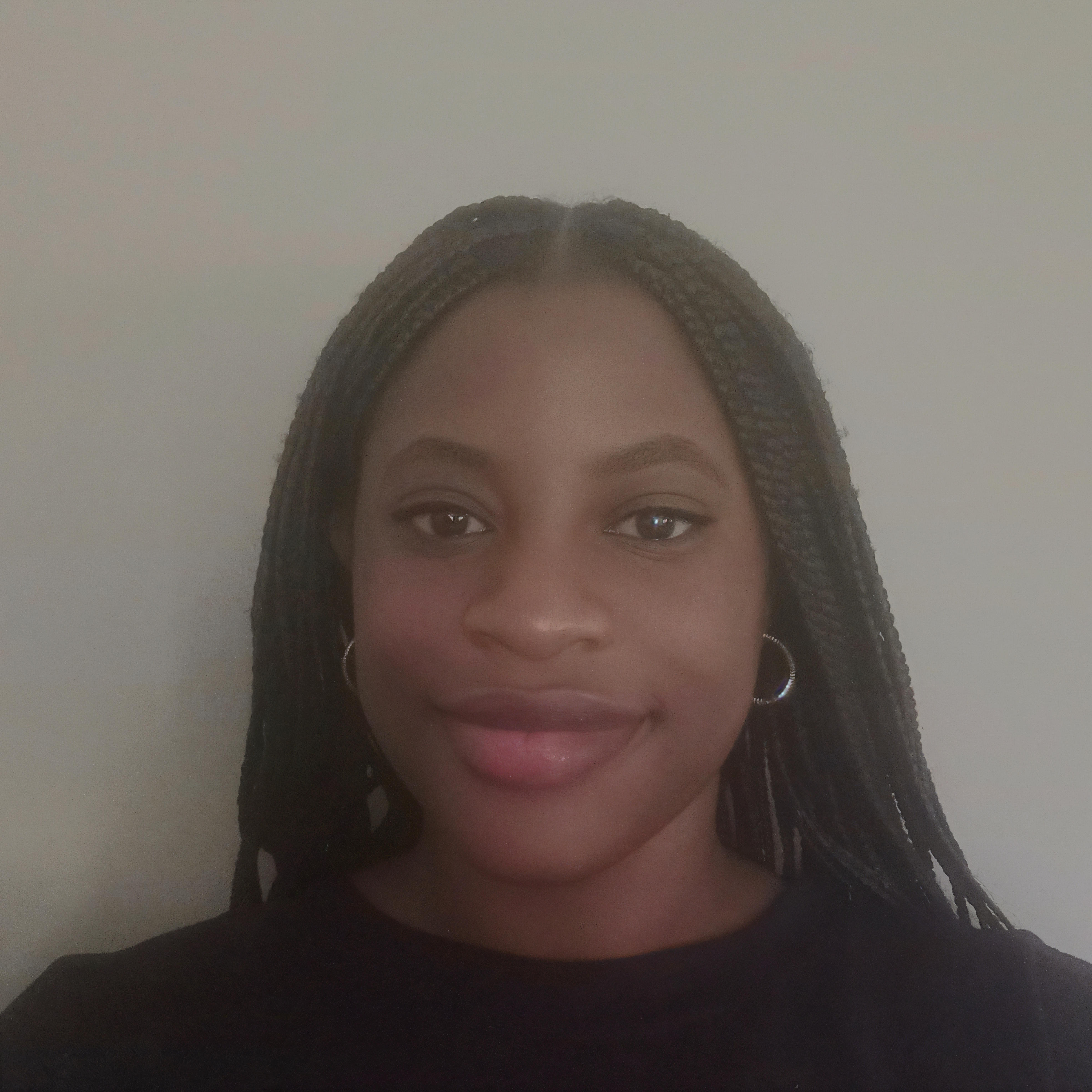ANE 2022
Sandra Suubi
With Samba Gown, Sandra Suubi manages to include multiple different meanings in one piece. It is a portrayal of a woman on her wedding day, but the bride has her face completely covered, which could mean that we as the viewer can insert ourselves into her position. However, it also calls back to the invisibility of women in society. She is walking alone though, so no one is giving her away, meaning that she does have some agency. It's also interesting that the church aisle is exchanged for the dirty streets as it's quite a stark juxtaposition.
Miriam Watsemba
Miriam Watsemba's photography in this exhibition is very interesting. I like how she covers the faces of the girls she photographed because it's a great artistic choice that adds to the understanding of the pieces while prioritising the children's privacy. The hidden girls' faces mean that they could be anyone, which emphasises the universality of the problem Watsemba is addressing, and I also find it interesting that some of the women are photographed in school while covering their faces with textbooks, a reminder that many of the victims of sexual assault are children that should be in school.
ANE 2023
Mable Akeu
The drawings (Selfcare, Smile, and A chat with Mum) by Mable Akeu stand out to me because of the element of nostalgia that is present in the works. In an exhibition focusing on rest, care, and labour, Akeu's drawings explore the boundaries between the three themes through the shared experience of Black women doing each others' hair, for whom the ideas of rest, labour, and care often intertwine and overlap. The nostalgia is enforced by the medium of the drawings, as the softness of the charcoal and coloured pencil make the images feel like a distant shared memory.
Pamela Enyonu
Pamela Enyonu's work in this exhibition is all really good, but I am especially drawn to A Few Burning Questions. The piece explores the conversations had between younger and older women about that it means to be exist in a world that is hostile to you, and the tension in the installation is palpable as baskets - perhaps a stand in for the young woman's thoughts, concerns, and fears regarding growing up and out, perhaps a representation of how what is left unsaid in these conversations lingers in the air - literally hang from the ceiling over the tables. Enyonu's installation visually articulates the experiences of becoming.
ANE 2024
Letaru Dralega
The pieces in the exhibition by Letaru Dralega are very fluid, and remind me a lot of the way oil spills look in water. The natural and organic shapes that she creates expand and flow and seem to exist with a life of its own. This is pretty similar to how grief, as the main theme of the exhibition, works. Grief, too, spreads and expands like oil in an oil spill, taking on a life of its own and encompassing all until it subsides. Dralega's ability to capture this theme on canvas is very commendable.
Liz Kobusinge
I find Liz Kobusinge's A Garden is a Grave to be a very interesting piece, and frankly quite ominous. In keeping with the theme of death and grief, the tattered fabric looks almost like it is riddled with bullet holes, and the asymmetrical cut of the edges evoke images of one's life hastily and choppily being cut short. However, the image that Kobusinge projects onto the fabric drastically shifts the energy of the piece. It depicts an empty railroad surrounded by lush vegetation, suggesting that rather than grief and death being final, they are rather just another part of the journey of life that can result in growth and fruitfulness.
ANE 2025
Anna Maria Nabirye
Anna Maria Nabirye's Kitchen Portal photographs in this exhibition are all very raw and honest, which I really appreciated. There's no sense of performance in the photographs, rather nothing is perfect and nothing is hidden, yet everything belongs. The honesty is what creates the feeling of home and the universal longing to return home that the photographs evoke, which fits in with Nabirye's goal to examine the idea of home for diasporic Africans.
Evelyn Bageire
Technically speaking, Evelyn Bageire's pyrographs are very good. Bageire is able to create such interesting textures and patterns on the wood and it is clear that she's very talented. Because of the nature of the medium, as with wood burning you're bound to have a more fluid outcome, the pyrographs have a very wistful and nostalgic quality to them, which I am more interested in. This softness contrasts with the messages of strength that each pyrography embodies, but I find it to be a welcome contrast, as it is a reminder that as strong as Black women are, they can be soft too.


